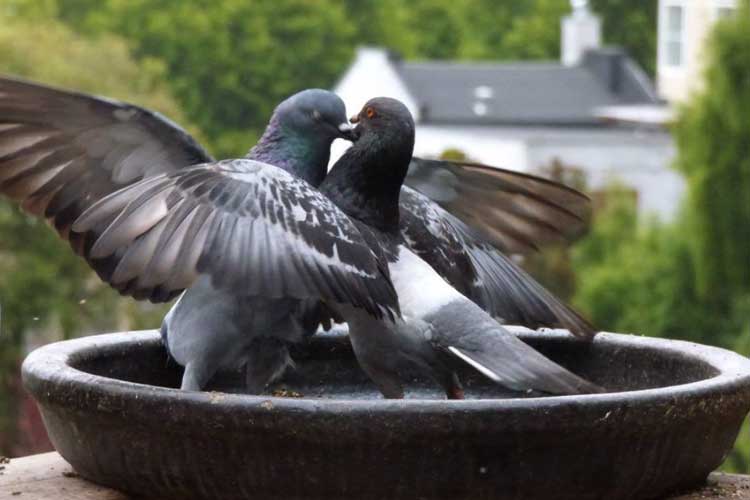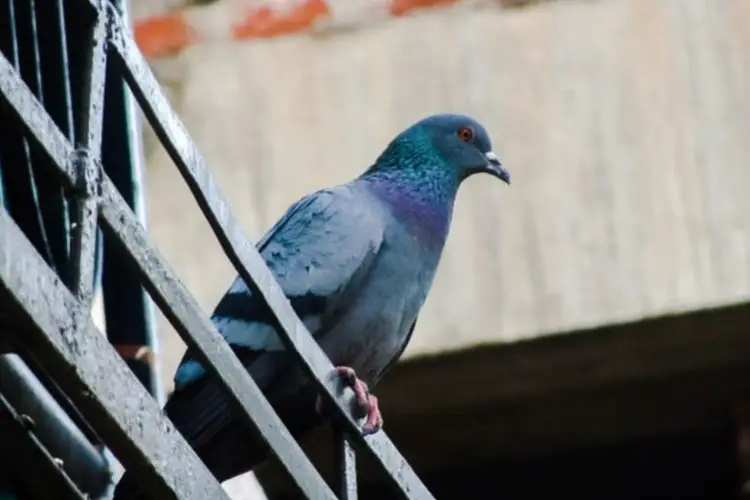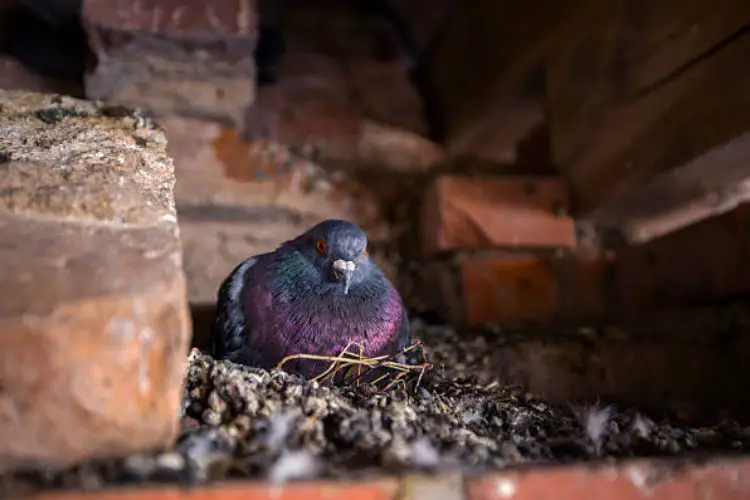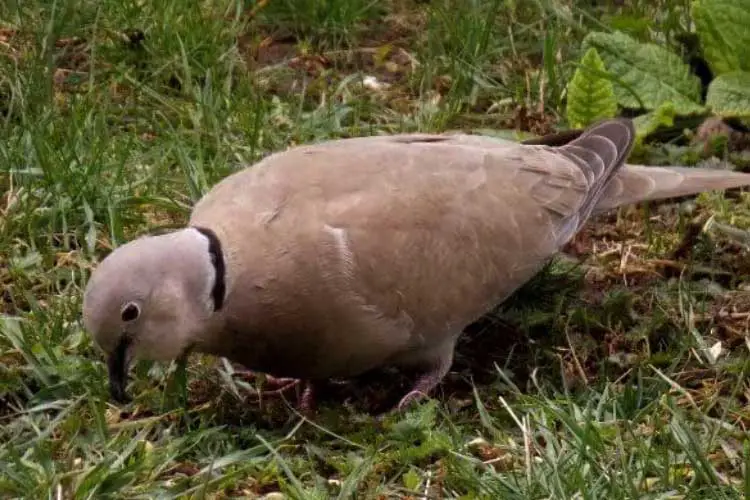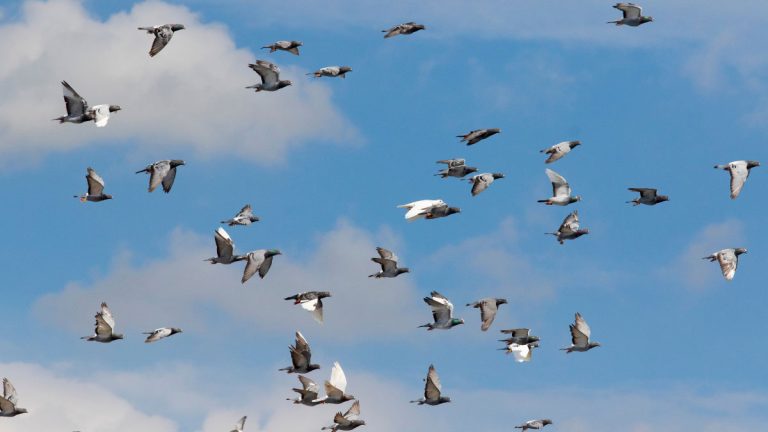Pigeon Fighting Or Mating: An In-Depth Look into Urban Avian Behavior
Pigeons are birds that wander the urban area, and they have affection for human beings. Despite this, people may not be aware of the complexities of pigeon behavior and habits. Because it creates confusion when two pigeons coo at each other but do not understand whether they are fighting or mating.
However, during the mating season, pigeon battles are known to occur between males. Alternatively, it might be between men and females all year. Although pigeons breed all year, they have been observed mating most frequently in the summer and spring.
We will try to understand the mating behavior and have a walkthrough of their mating practices and fighting information. We will also discuss all other associated information regarding this matter.
Pigeons Fighting: Triggers and Behaviors
Pigeons are territorial birds and will defend their territory from other pigeons. Pigeon fights can occur between males during breeding season or between males and females year-round.
Some specific reasons may contribute to pigeon behavior being aggressive. One of the main triggers for pigeon fights is food availability and nesting sites. When resources are limited, pigeons will become more aggressive in defending territory.
The presence of a new pigeon in the area or a change in the social hierarchy of the flock can also trigger pigeon fights. During a fight, pigeons will engage in a variety of behaviors, such as lunging, pecking, and flapping their wings.
Pigeons Fighting: Why does it Happen?
Pigeons, like many other animals, battle in order to compete for resources such as food and territory. We organized the battling cause into many areas to help you comprehend it better.
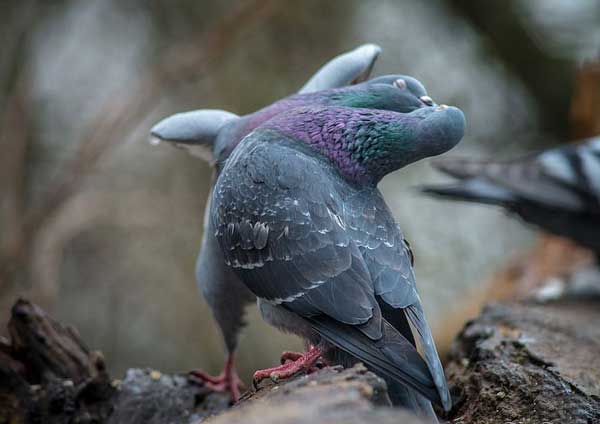
Some specific points that may contribute to pigeon fighting include:
- Competition for food: Pigeons will often fight with each other over access to food sources, such as bird feeders or garbage
- Territory: Pigeons establish and defend territories, and may fight with other pigeons that encroach on their territory
- Natural Instinct: Fighting is a natural instinct for pigeons in order to protect their flock and territory from other potential predators or invaders
- To protect family members: They are frequently seen fighting to safeguard their chicks. They also appear angry when other pigeons try to take over their pairs
- Dominance: Pigeons establish a hierarchy within their flock, and fights may occur as individuals compete for dominant positions within the group
- Stressful environment: In crowded urban areas, pigeons may become stressed and more aggressive due to a lack of space. Eventually, this can direct to increased fighting
- Disease: Pigeons that are sick or injured may be more likely to be involved in fights, as they may be weaker and more vulnerable to attack
They fight for a variety of reasons, but the most common are food and refuge. Furthermore, their battle is a natural occurrence.
How do I know Pigeons are About to Start a Fight?
Pigeons will often puff out their chest and raise their feathers as a means of intimidating their opponent and asserting their dominance.
They may also chase each other around a territory or specific area as a way of asserting dominance and defending their territory.
An interesting thing is sometimes, before a fight, they threaten each other. They do it with their beak, wings, and other body parts.

Pigeons may engage in specific displays or rituals. They may do bowing or wing flapping, as a way of communicating their intentions to fight.
Pigeon Mating Behavior: All you Need to Know
Although there are no such significant variations in pigeon behavior during or immediately before mating. However, there are a few behaviors that may indicate whether they will mate.

So, based on this, we will discuss it having two segments. One will be consisting of pre-mating behaviors, other will be the mating behavior.
Pre-Mating Behavior
Before mating, pigeons usually are seen to pair up together. These include courtship displays such as puffing out their chest and spreading their tail feathers. Nest building, preening, feeding,chasing, and bonding are also included here.

Male pigeons may bring food to the female as a way of courtship such as by bowing. Once a pair has chosen each other, they may form a partnership and engage in bonding behaviors.
Pigeons During Mating
Pigeons are known for their strong pair bonds and tendency to mate for life. The process of courtship between pairs can be elaborate and involves a variety of displays such as cooing, billing, and bowing.
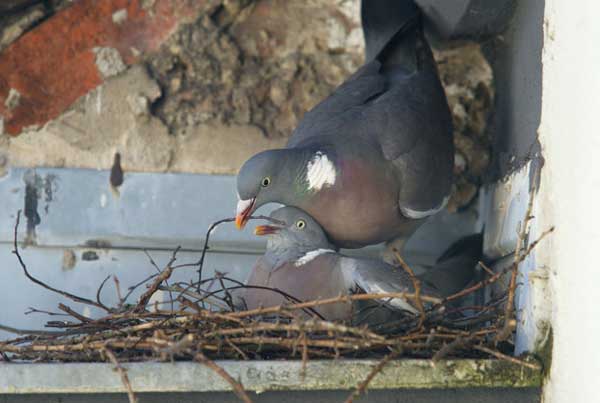
These displays are used to establish and strengthen the bond between the male and female pigeon.
Pairing
Once a pair has formed, the female pigeon will lay one or two eggs per clutch, which are typically incubated for around 17-19 days.
Both sexes take turns incubating the eggs and caring for the chicks, which usually hatch in the order they were laid.
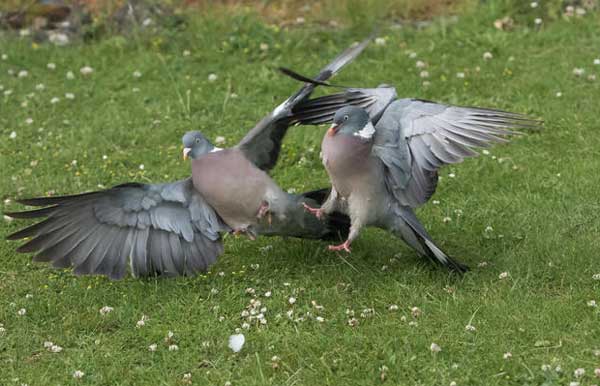
The chicks will fledge or leave the nest at around 4-6 weeks of age and will be able to breed at around 6 months of age.
Pigeon’s pairing is a fascinating and iconic matter. Their mating behavior may include aggressiveness due to saving their nest and the child. Therefore, pigeons can be called a very family-oriented species.
Breeding
The breeding cycle of pigeons is continuous and can happen year-round, and pigeons can lay several clutches a year. However, peak breeding season is typically in the spring and summer.

During this time, the male pigeon will engage in courtship displays, such as puffing up his chest and spreading his tail feathers, to attract a mate. The female pigeon will also engage in similar displays to signal her receptiveness to mating.
Supporting Each Other
Once a duo has formed, they will make a nest together. It is generally made of twigs and other stuff set up in the terrain. The male pigeon will also bring food to the female during the egg-laying and incubation period.
This cooperative effort ensures the survival of their offspring.
If you’re interested in learning more about pigeon behavior and predation, you might find our articles on do crows kill pigeons and do rats eat pigeons helpful. Our article on do crows kill pigeons sheds light on the predatory behavior of crows towards pigeons during the breeding season. Meanwhile, our article on do rats eat pigeons explores the feeding habits of rats and their interactions with pigeons. Check them out to deepen your understanding of pigeon behavior and predation.FAQs
You may visit this section to learn a little bit more about pigeon fighting, mating, and other interesting facts.
Pigeon fights can be reduced or prevented by providing enough resources for the flock, such as food and water, and by providing alternative nesting sites.
Not all pigeons are aggressive, but resource competition can increase aggressive behavior.
Yes, pigeons have a specific cooing sound that they use as part of their courtship and mating behavior. The male pigeon will make this sound to attract a mate and strengthen the bond with his partner.
Conclusion
Pigeons, like many other animals, have distinct behaviors that they exhibit when fighting or mating. Understanding these behaviors can provide insight into the dynamics of pigeon society. We get to know the role that competition and cooperation play in their lives.
It is interesting that when pigeons fight, they may show aggression, threaten each other, and slap with their wings. On the other hand while mating, they may support each other, bring food and build up a nest to stay together.
Lastly, they play an important role in the ecosystem. So, understanding these behaviors can also help us to appreciate the intelligence and adaptability of these fascinating creatures.
